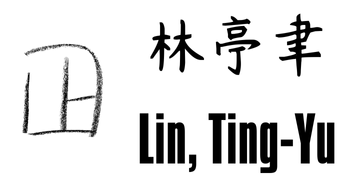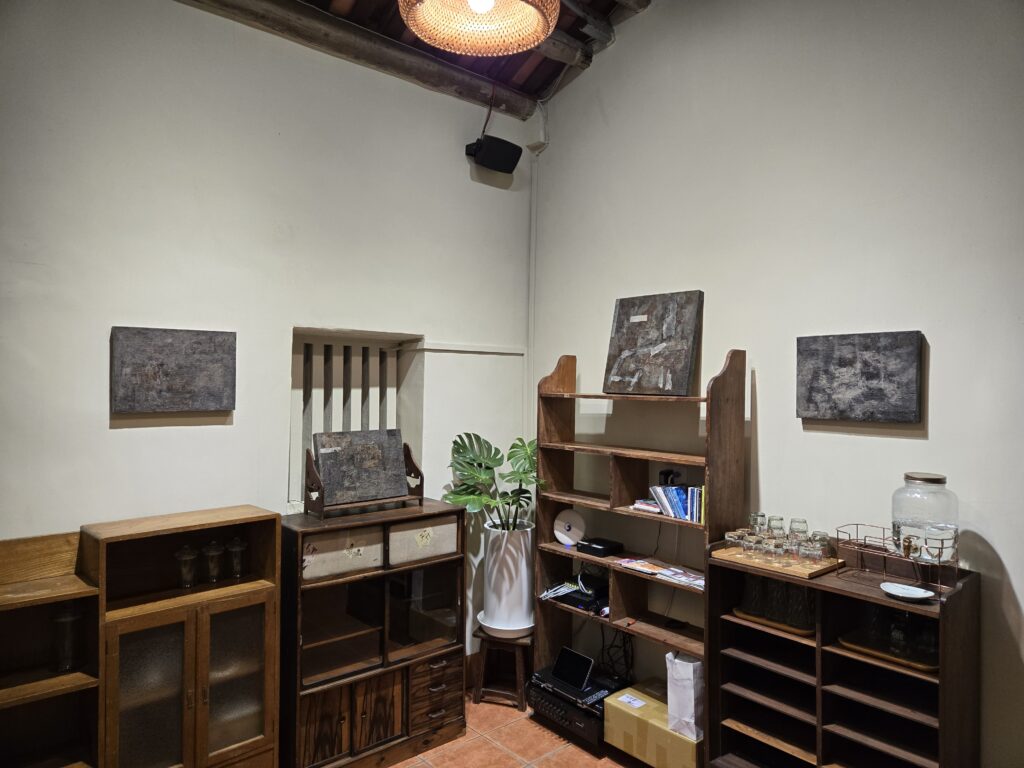
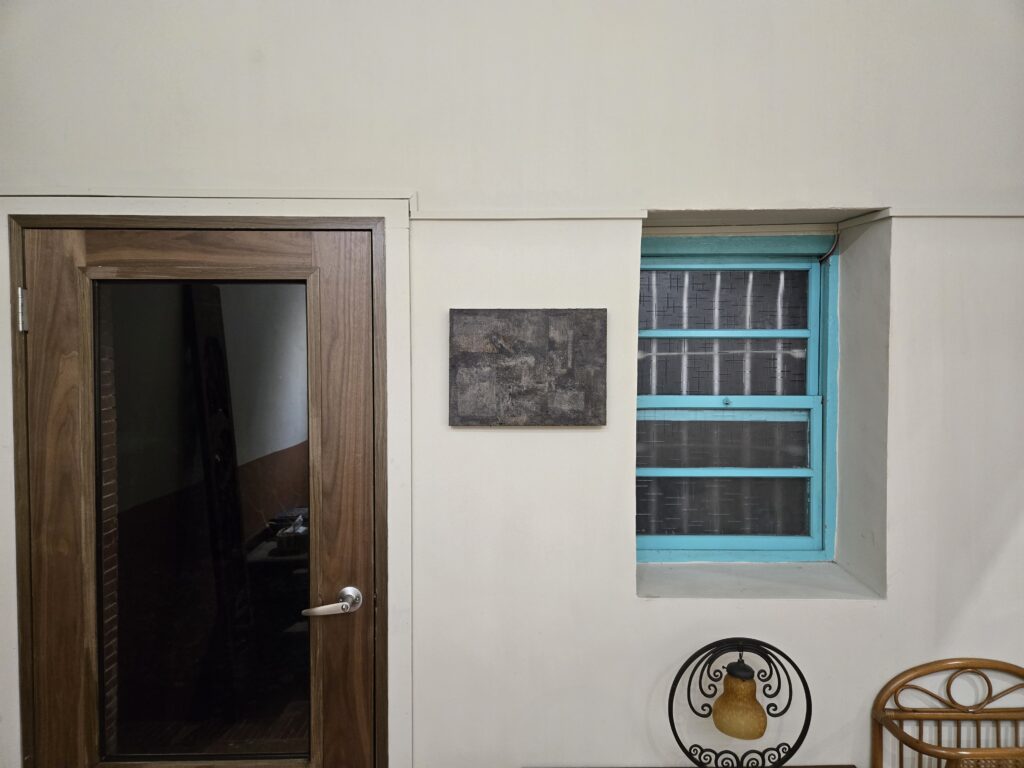
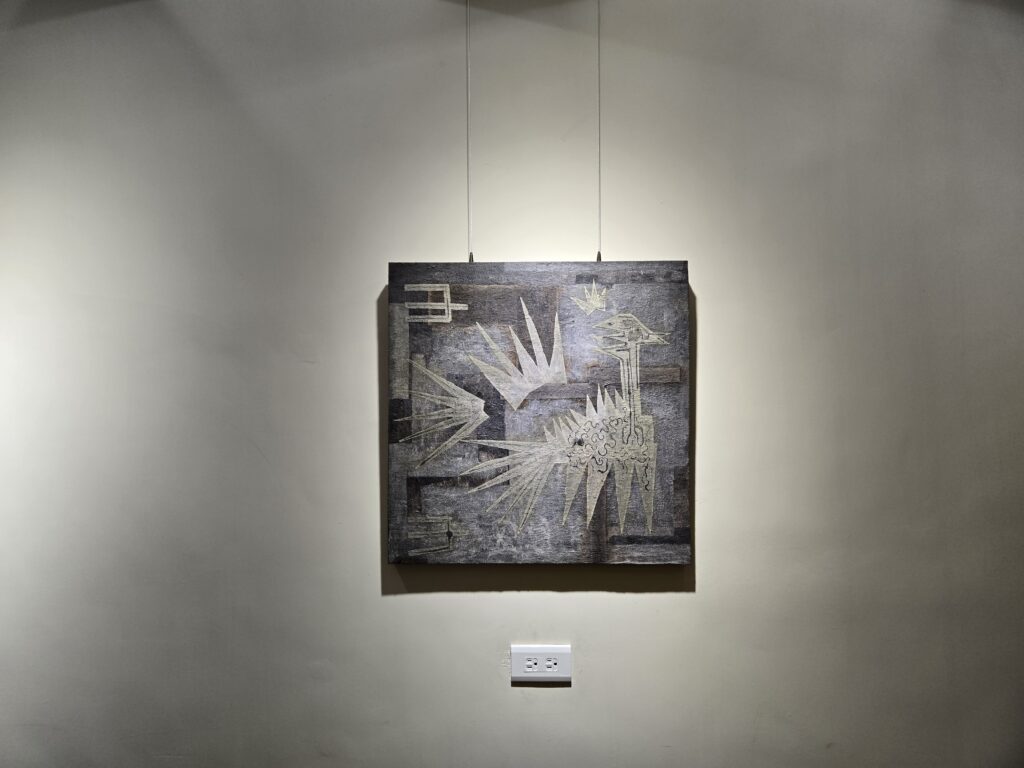
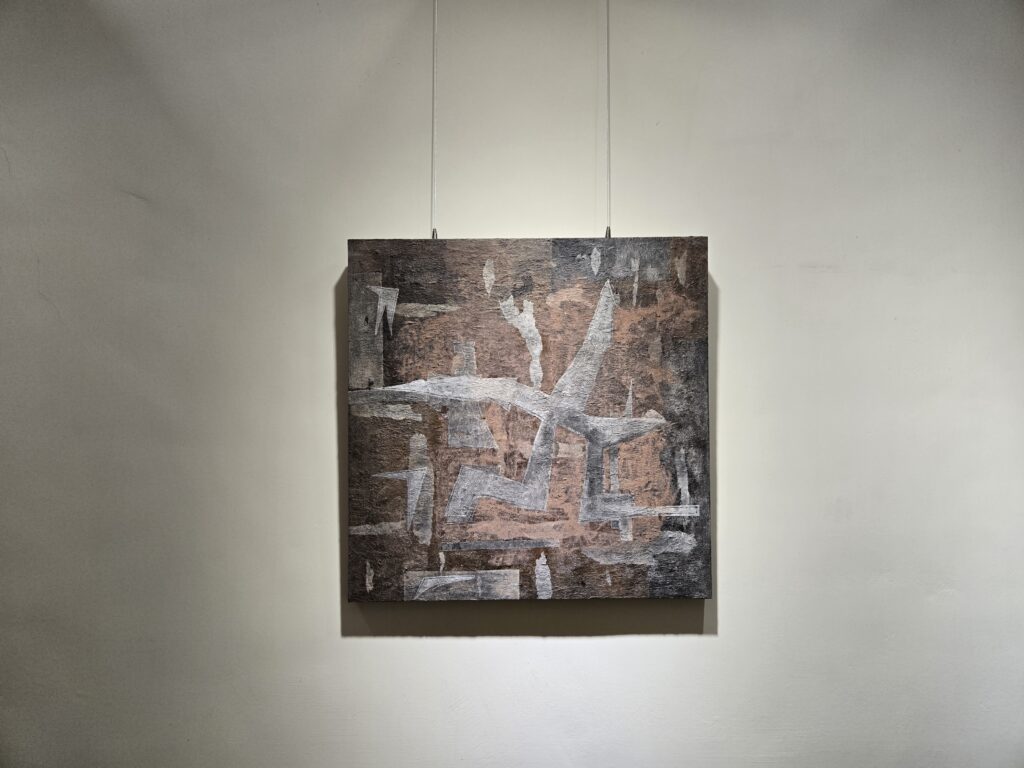
Miasmic Sea 瘴海
Xinpi Artist-in-recidence Program, 2024
新埤駐村計畫, 2024
It was late afternoon, and A and I were wandering through the villages. After visiting the gods at the Three Saints Temple in Nanfeng Village, we were about to leave when an elderly woman sitting in a rocking chair called out to us, inviting us into a casual chat. Since she lived in Nanfeng Village, she had to walk to the public school in Xinpi, traversing muddy paths and fields—a journey that took half an hour each way. What started as a peaceful route to school gradually gained a new aspect: the need to dodge air raids. This was during the Pacific War, when Taiwan was being fortified with extensive defensive structures across the island. The Allied forces had shifted from sporadic harassment bombing to a more intense, sustained campaign.
During our two-hour conversation, the grandmother repeated her memories of the war—stories of a person who was mauled by a dog outside the mountain bomb shelter, of hiding in large roadside ditches during air raids, of subsisting on foraged wild vegetables due to severe food shortages, and of hearing in Kaohsiung about relatives who went to war but never returned.
Military structures were common sights in my childhood in Yilan—bunkers, guard posts, and airstrips occasionally punctuated the everyday scenery, ghostly remnants embedded in daily life, unnoticed and unspoken. This was the first time I had heard an elder recount the history of war firsthand, and her repetitive storytelling felt as if she were haunted by ghosts—unspoken traumas that refused to fade. I had always thought this indistinct proximity to war was deeply embedded in Taiwan's collective memory.
In the language of those from the North, the South is often referred to as "the land of miasma and disease." During my days in Xinpi, mist frequently filled the air, and I wondered if this mist was what they referred to as miasma. From a bird's-eye view from above, they cast down modern civilization and ideology into this miasmic sea.
是日傍晚,我和A在各村閒晃,看完南豐村三聖宮的神祇準備離開時,被搖椅上的阿嬤叫住,開始了閒聊。生活在南豐村的阿嬤必須到新埤的公學校上學,走過泥路,穿過田野,花費半小時才能抵達,從平靜的上學路途逐漸增加了躲避空襲的必要環節。彼時正在太平洋戰爭期間,臺灣全島要塞化,大量構築防禦設施。盟軍也從零星騷繞性轟炸轉為全面性、持續性空襲。在兩個小時的對話中,阿嬤重複著關於戰爭的記憶——山上的防空洞外被狗咬死的人、在路旁的大水溝躲避空襲、物資吃緊僅能挖掘野菜果腹、在高雄聽聞參戰未歸的長輩的消息......。
軍事設施時常出現在我在宜蘭的成長環境,在日常的景象中,時不時出現突兀的碉堡、岡哨和機場跑道。這些設施猶如鬼魂般處在生活中,無人關心也無人談及。而這是我第一次聽間歷經戰事的老人家口述當時的歷史,而那持續且重複的敘述過程,彷彿被幽靈糾纏——過往無法被敘述的創傷。我始終以為,這種與戰爭的模糊距離,是深藏在台灣人的集體記憶之中。
在北方外來者的語境裡,南方被稱為「瘴癘之地」。而我在新埤的日子裡,霧氣不時彌漫,我想像著這霧氣是否就是他們稱之為的瘴氣,從飛機上鳥瞰的視野裡,他們投下了現代文明與意識型態,在這片瘴海中。
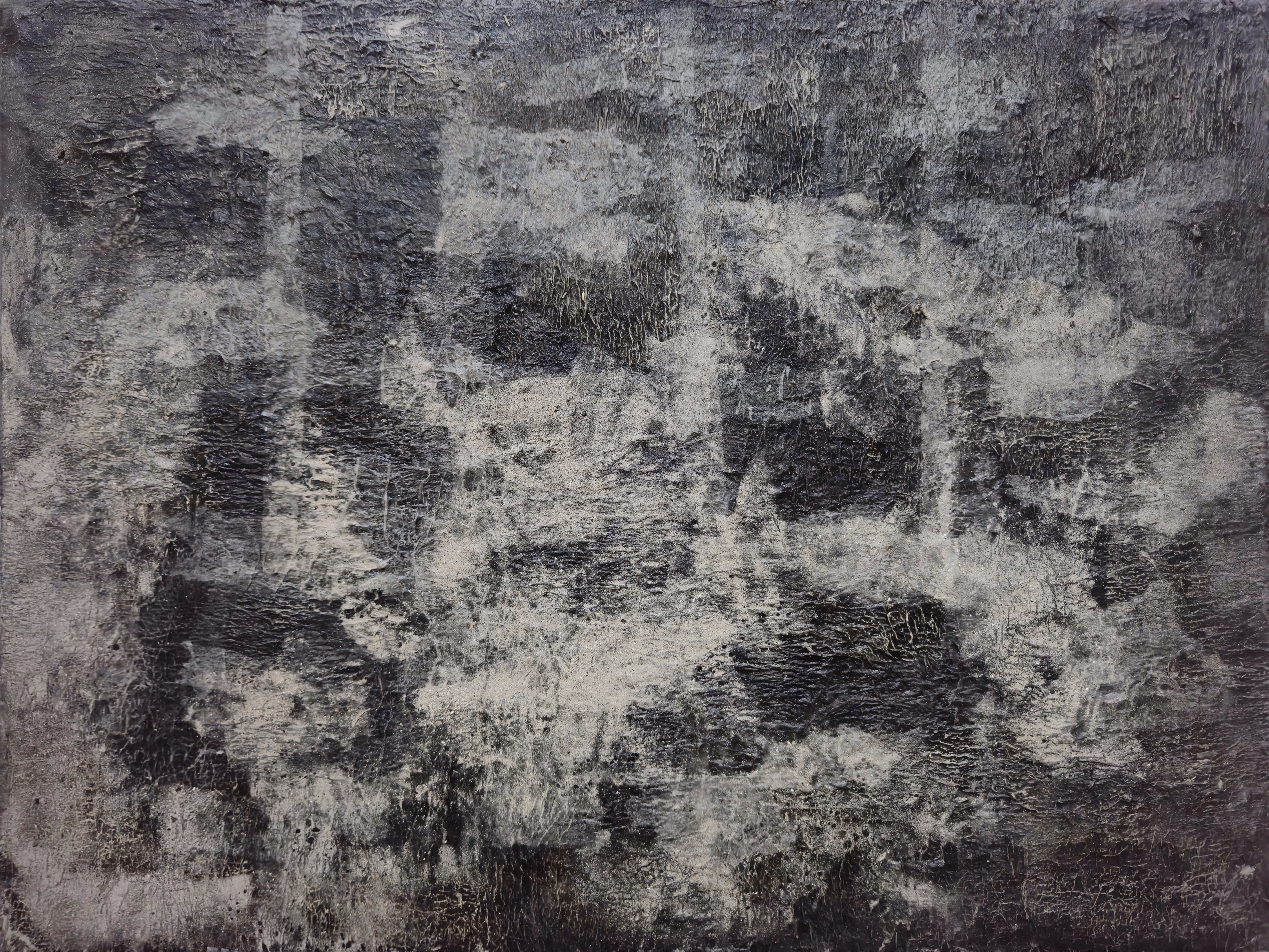
2024
Blumea balsamifera, Areca catechu, wood ash, paper and ink on Xuan paper
大風草、檳榔、灰、紙和墨
30 × 40 cm
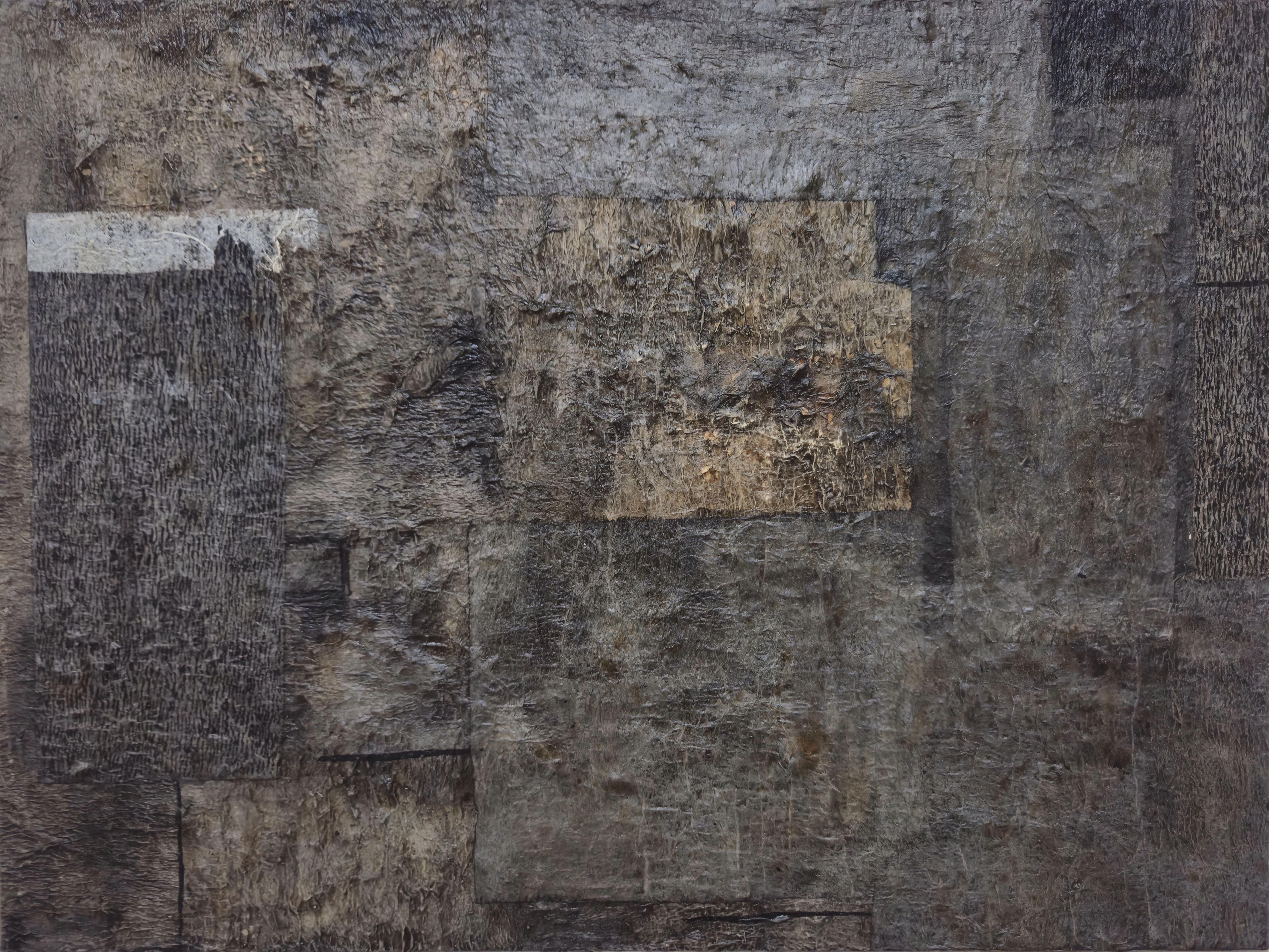
2024
Blumea balsamifera, Areca catechu, wood ash, paper and ink on Xuan paper
大風草、檳榔、灰、紙和墨
30 × 40 cm
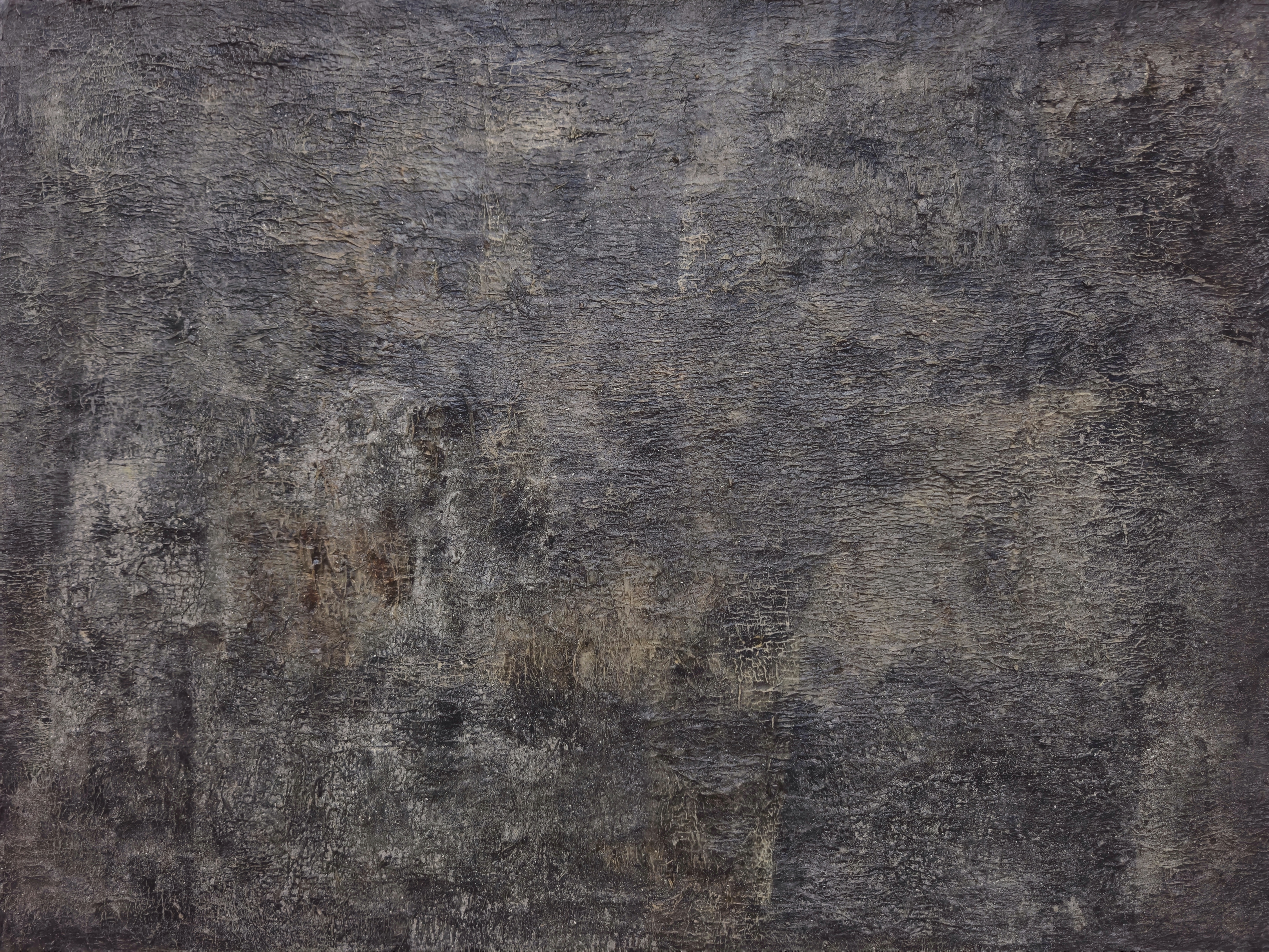
2024
Blumea balsamifera, Areca catechu, wood ash, paper and ink on Xuan paper
大風草、檳榔、灰、紙和墨
30 × 40 cm
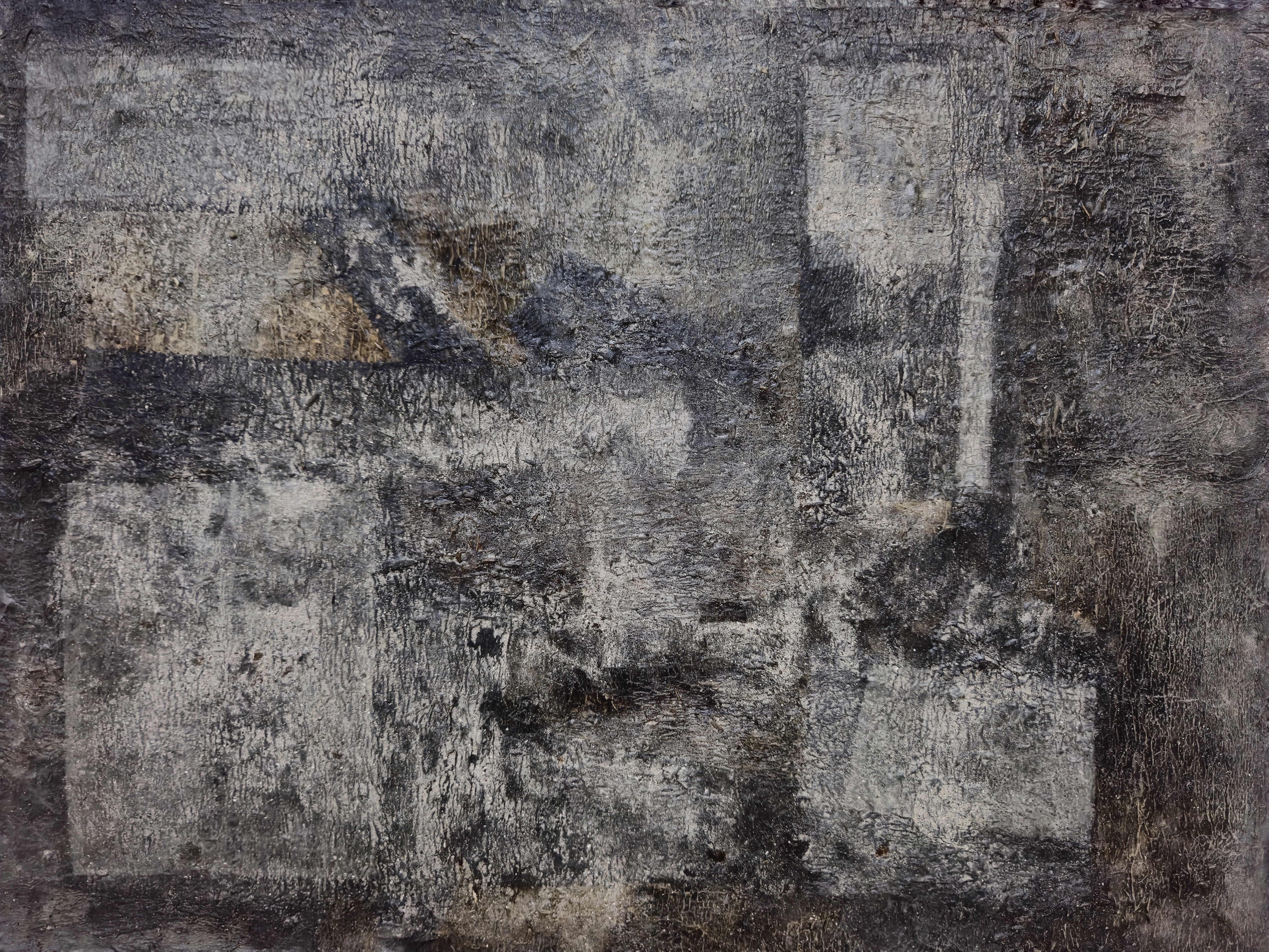
2024
Blumea balsamifera, Areca catechu, wood ash, paper and ink on Xuan paper
大風草、檳榔、灰、紙和墨
30 × 40 cm
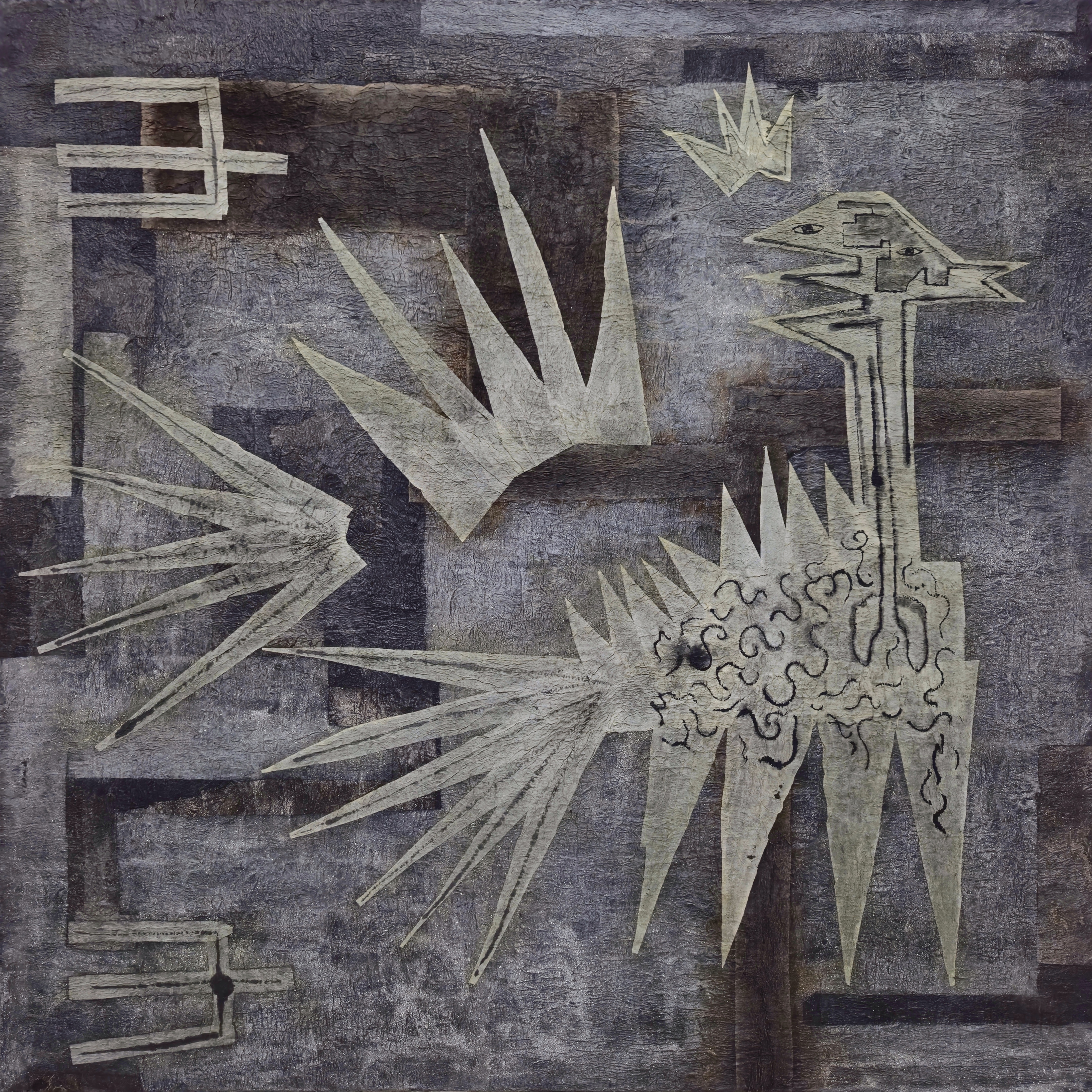
2024
Blumea balsamifera, Areca catechu, wood ash, paper and ink on Xuan paper
大風草、檳榔、灰、紙和墨
60 × 60 cm

2024
Blumea balsamifera, Areca catechu, wood ash, paper and ink on Xuan paper
大風草、檳榔、灰、紙和墨
60 × 60 cm
